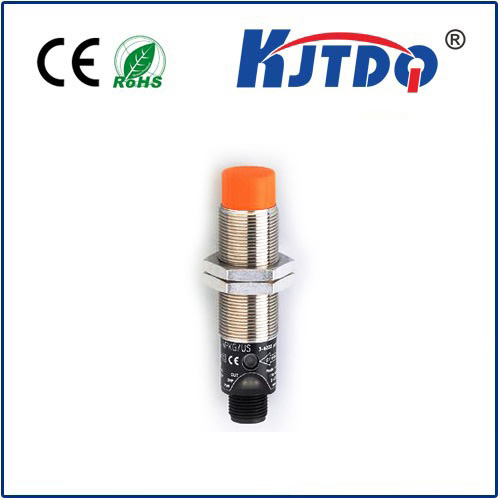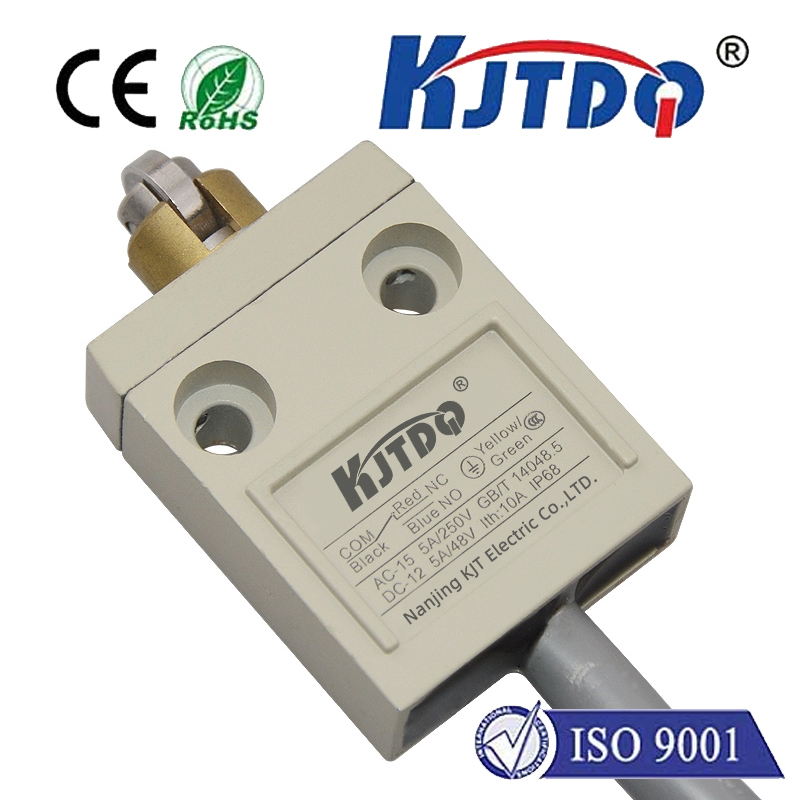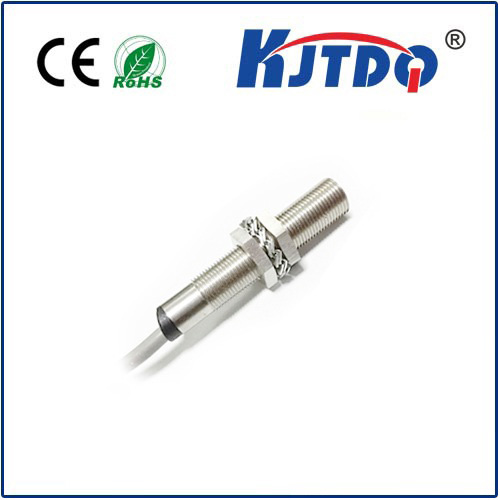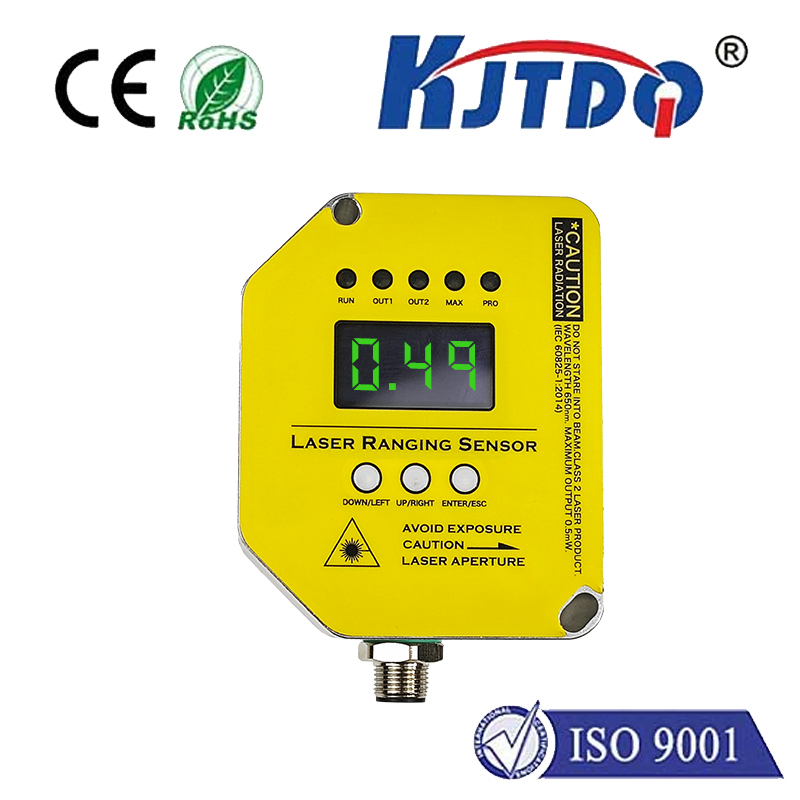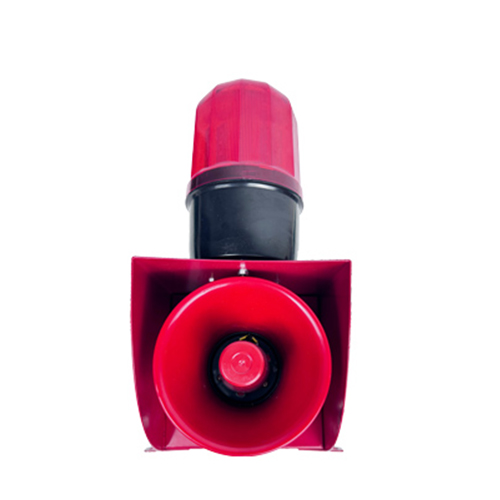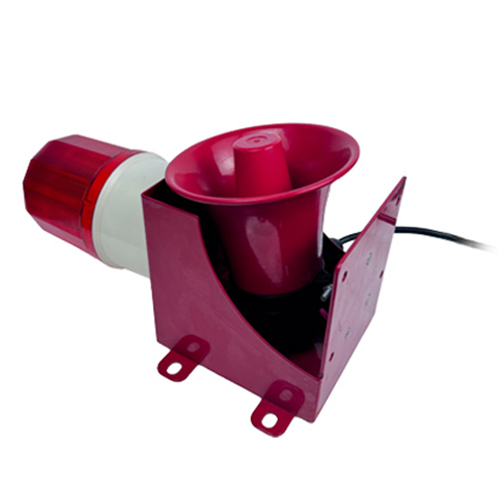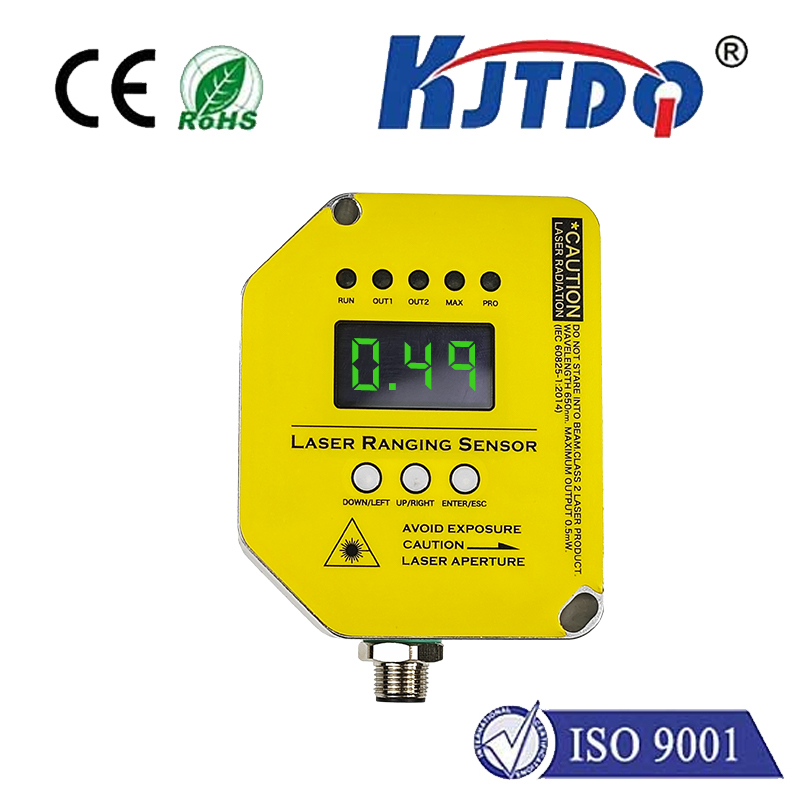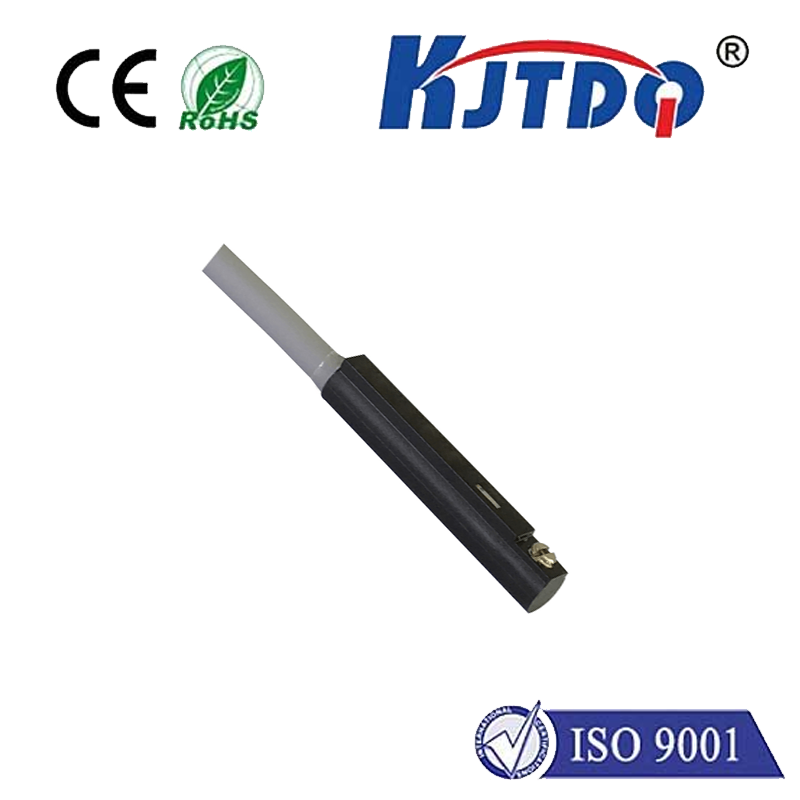

check

check

check

check
FS-N43N Optical Fiber Sensor: A Revolutionary Solution for Modern Sensing Applications
In today’s rapidly evolving technological landscape, the demand for high-precision, reliable, and efficient sensing solutions has never been greater. Among the various emerging technologies, optical fiber sensors have gained widespread recognition for their exceptional performance in environmental monitoring, structural health assessment, and industrial automation. One such advanced sensor is the FS-N43N Optical Fiber Sensor, which represents a significant leap forward in the field of optical sensing. This article explores the features, applications, and benefits of the FS-N43N optical fiber sensor, making it a valuable tool for engineers and researchers alike.
The FS-N43N optical fiber sensor is designed to provide accurate and real-time measurements of physical parameters such as strain, temperature, pressure, and vibration. It operates based on the principle of photonic bandgap sensing, where light is modulated as it passes through a fiber optic medium, allowing for precise detection of changes in the environment. This technology enables the sensor to detect even minute variations in the physical properties of the material it is measuring, making it ideal for use in applications where accuracy and sensitivity are critical.

One of the key advantages of the FS-N43N is its high sensitivity and wide dynamic range. Unlike traditional sensors that rely on electrical signals, the FS-N43N uses optical signals, which are less susceptible to electromagnetic interference and environmental noise. This makes the sensor particularly well-suited for use in harsh environments, such as industrial settings, aerospace applications, and in the monitoring of infrastructure. The sensor is also capable of operating over a broad temperature range, ensuring stability and reliability under varying conditions.
Another important feature of the FS-N43N is its compact design and low power consumption, making it an energy-efficient solution for both industrial and consumer applications. The sensor is built with a robust and durable construction, ensuring long-term reliability and minimal maintenance. Its modular design allows for easy integration into existing systems, making it a versatile option for a wide range of industries.
In terms of applications, the FS-N43N optical fiber sensor is widely used in various fields, including structural health monitoring, environmental monitoring, and automotive diagnostics. In structural health monitoring, it can be used to detect micro-cracks, deformations, and stress changes in buildings, bridges, and infrastructure. In environmental monitoring, it is employed to measure air quality, temperature, and humidity in real-time, offering a non-invasive and cost-effective alternative to traditional monitoring methods. In the automotive industry, it is used for engine diagnostics and vibration analysis, helping to improve vehicle performance and safety.
The FS-N43N optical fiber sensor also stands out for its compatibility with different signal acquisition systems. It can be interfaced with various data acquisition units, making it a flexible and adaptable solution for different applications. Additionally, its user-friendly interface and easy installation make it accessible to a broad range of users, from engineers to technicians.
In conclusion, the FS-N43N optical fiber sensor represents a significant advancement in the field of sensing technology. With its high precision, reliability, and versatility, it is a valuable tool for a wide range of applications. As industries continue to evolve and demand more efficient and accurate solutions, the FS-N43N optical fiber sensor is set to play a crucial role in shaping the future of sensing technology.
